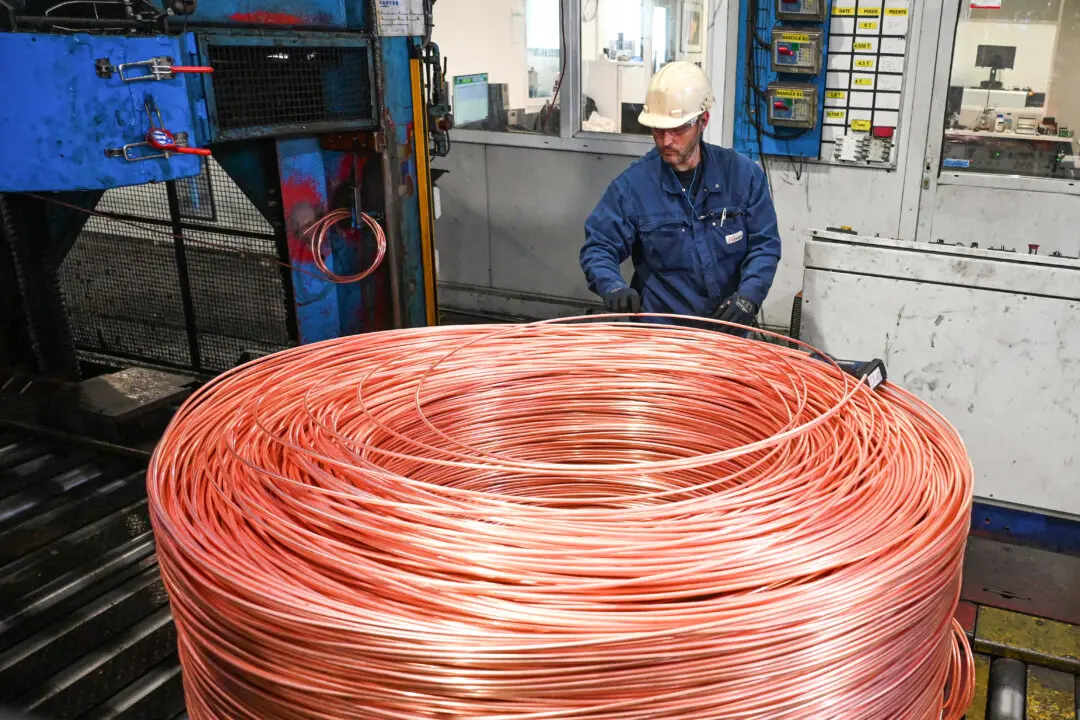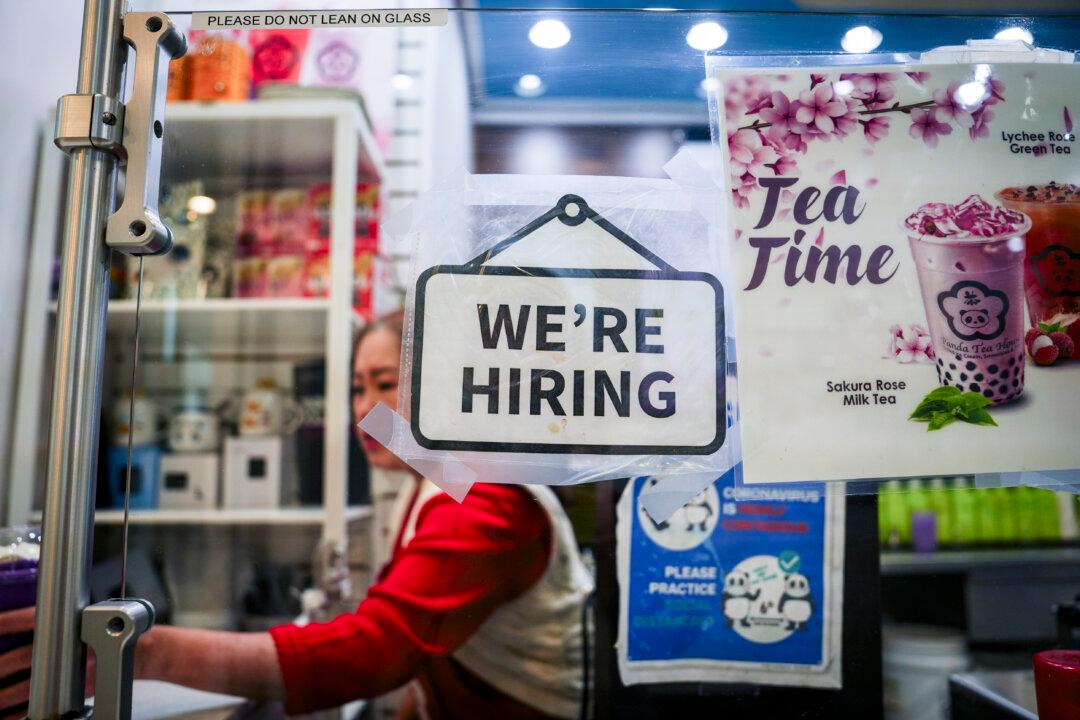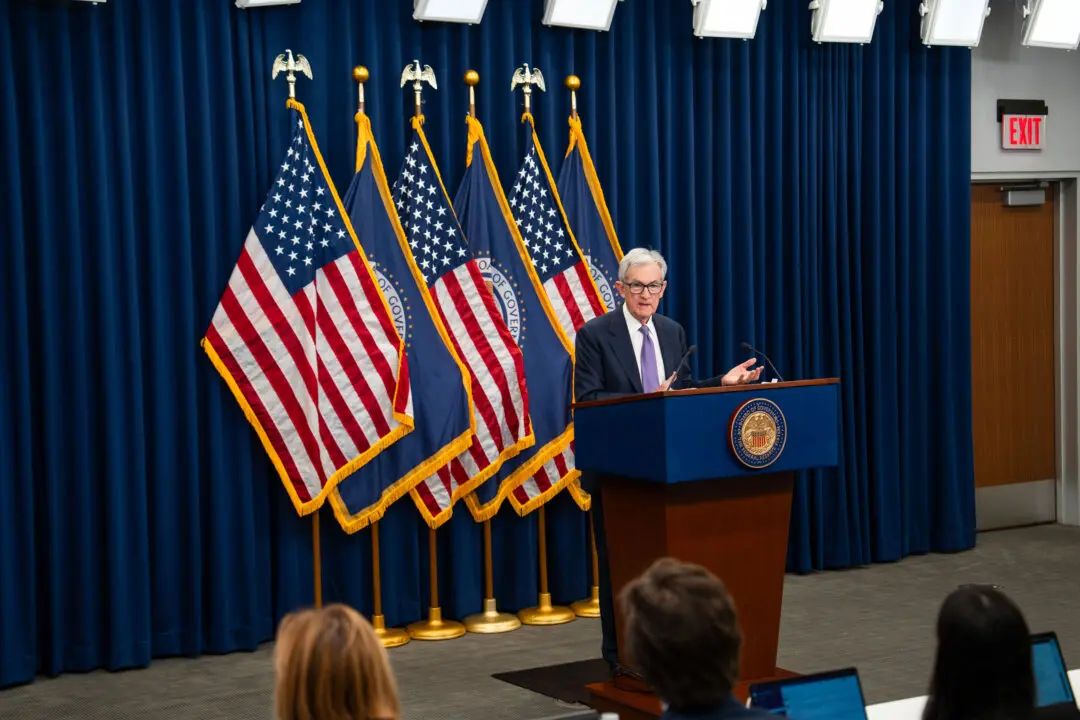The Ukraine-Russia military conflict and the Federal Reserve could be the main factors impacting the U.S. economy in the coming months, market strategists say.
Russia’s invasion of its western neighbor has had many energy analysts and governments worldwide monitoring crude oil and natural gas prices. So far, the benchmark West Texas Intermediate (WTI) and Brent prices have flirted with $100 a barrel, while natural gas has held steady at $4.50 per million British thermal units (Btu).





